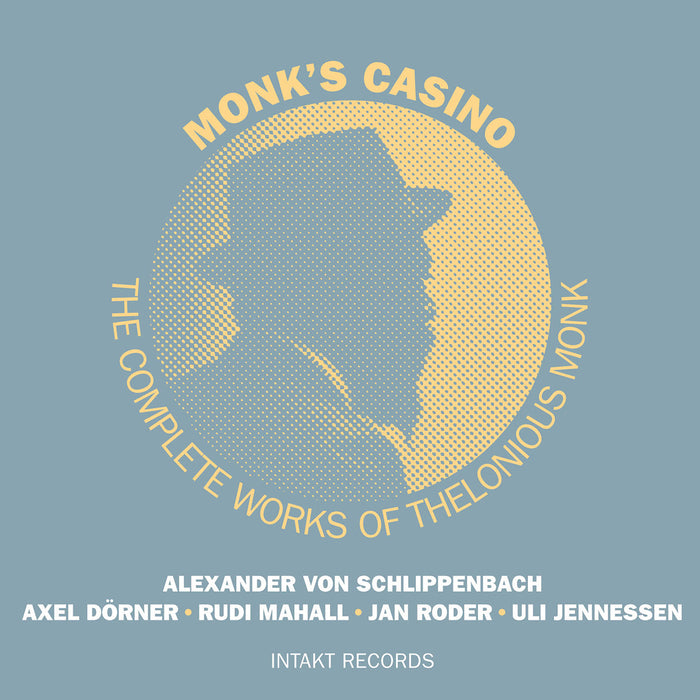
100: MONK'S CASINO. The Complete Works of Thelonious Monk
Intakt Recording #100/ 2005
Recorded June 19, 20, 2003, and February 24, 25, 2004, at “A-Trane”, Berlin.
Original price
CHF 21.50
-
Original price
CHF 45.00
Original price
CHF 45.00
CHF 21.50
-
CHF 45.00
Current price
CHF 45.00
More Info
Album Credits
